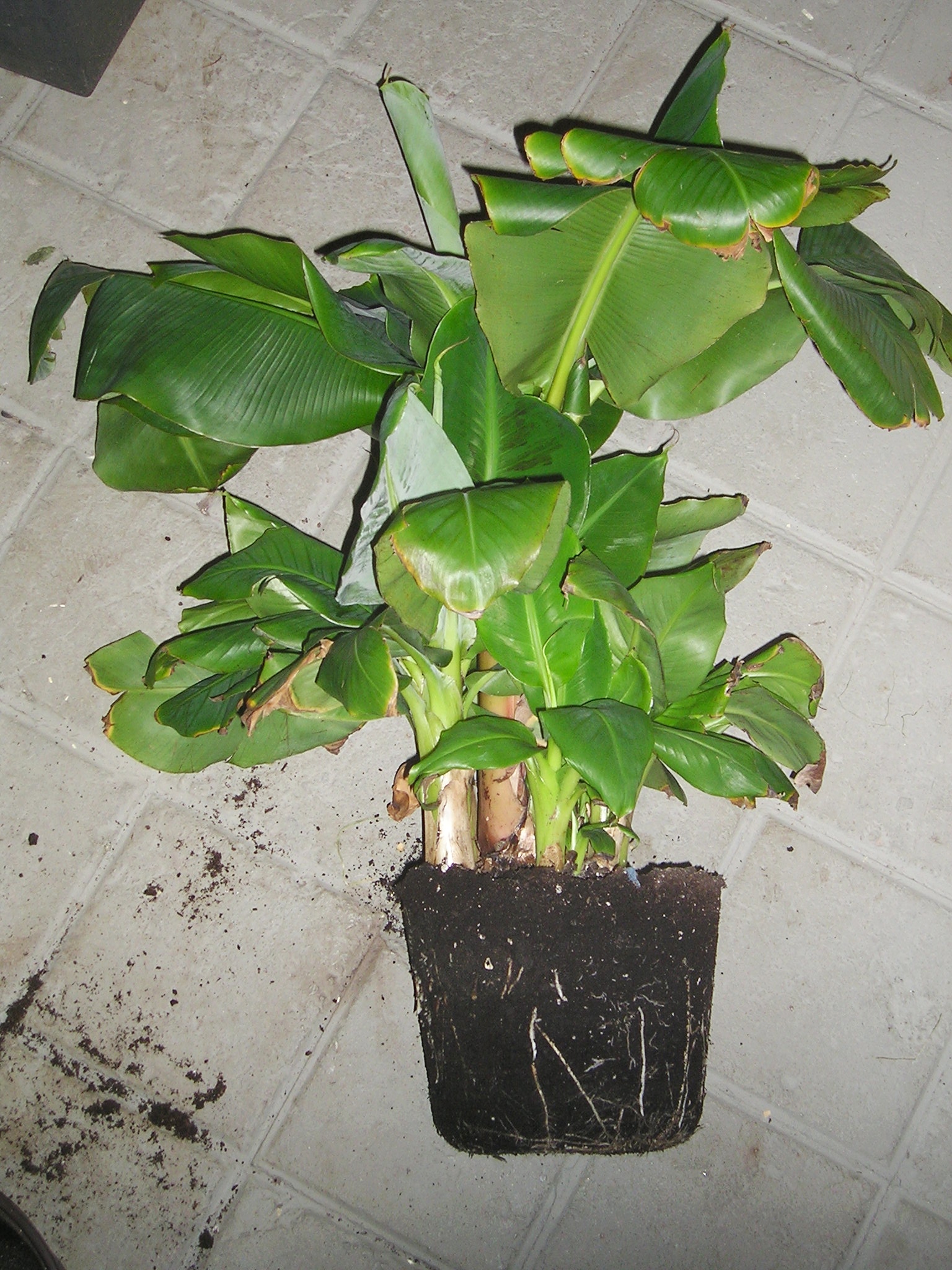Offset (botany) on:
[Wikipedia]
[Google]
[Amazon]
 In
In
 In
In botany
Botany, also called , plant biology or phytology, is the science of plant life and a branch of biology. A botanist, plant scientist or phytologist is a scientist who specialises in this field. The term "botany" comes from the Ancient Greek w ...
and horticulture
Horticulture is the branch of agriculture that deals with the art, science, technology, and business of plant cultivation. It includes the cultivation of fruits, vegetables, nuts, seeds, herbs, sprouts, mushrooms, algae, flowers, seaweeds and no ...
, an offset (also called a pup) is a small, virtually complete daughter plant that has been naturally and asexually produced on the mother plant A mother plant is a plant grown for the purpose of taking cutting
Cutting is the separation or opening of a physical object, into two or more portions, through the application of an acutely directed force.
Implements commonly used for wikt:cut, ...
. They are clones, meaning that they are genetically identical to the mother plant. They divide mitotically
In cell biology, mitosis () is a part of the cell cycle in which replicated chromosomes are separated into two new nuclei. Cell division by mitosis gives rise to genetically identical cells in which the total number of chromosomes is mainta ...
. In the plant nursery
A nursery is a place where plants are propagated and grown to a desired size. Mostly the plants concerned are for gardening, forestry or conservation biology, rather than agriculture. They include retail nurseries, which sell to the general p ...
business and gardens, they are detached and grown in order to produce new plants. This is a cheap and simple process for those plants that readily produce offsets as it does not usually require specialist materials and equipment.
An offset or pup may also be used as a broad term to refer to any short shoot originating from the ground at the base of another shoot.
Offsets form when meristem
The meristem is a type of tissue found in plants. It consists of undifferentiated cells (meristematic cells) capable of cell division. Cells in the meristem can develop into all the other tissues and organs that occur in plants. These cells conti ...
regions of plants, such as axillary bud
The axillary bud (or lateral bud) is an embryonic or organogenic shoot located in the axil of a leaf. Each bud has the potential to form shoots, and may be specialized in producing either vegetative shoots (stems and branches) or reproductive sh ...
s or homologous structures, differentiate into a new plant with the ability to become self-sustaining. This is particularly common in species that develop underground storage organs, such as bulb
In botany, a bulb is structurally a short stem with fleshy leaves or leaf basesBell, A.D. 1997. ''Plant form: an illustrated guide to flowering plant morphology''. Oxford University Press, Oxford, U.K. that function as food storage organs duri ...
s, corm
A corm, bulbo-tuber, or bulbotuber is a short, vertical, swollen underground plant stem that serves as a storage organ that some plants use to survive winter or other adverse conditions such as summer drought and heat (perennation).
The word ' ...
s and tuber
Tubers are a type of enlarged structure used as storage organs for nutrients in some plants. They are used for the plant's perennation (survival of the winter or dry months), to provide energy and nutrients for regrowth during the next growing ...
s. Tulip
Tulips (''Tulipa'') are a genus of spring-blooming perennial herbaceous bulbiferous geophytes (having bulbs as storage organs). The flowers are usually large, showy and brightly coloured, generally red, pink, yellow, or white (usually in warm ...
s and lilies
''Lilium'' () is a genus of herbaceous flowering plants growing from bulbs, all with large prominent flowers. They are the true lilies. Lilies are a group of flowering plants which are important in culture and literature in much of the world. M ...
are examples of plants that display offset characteristics by forming cormlets around the original mother corm.
It is a means of plant propagation. When propagating plants to increase a stock of a cultivar
A cultivar is a type of cultivated plant that people have selected for desired traits and when propagated retain those traits. Methods used to propagate cultivars include: division, root and stem cuttings, offsets, grafting, tissue culture, ...
, thus seeking identical copies of parent plant, various cloning techniques (asexual reproduction
Asexual reproduction is a type of reproduction that does not involve the fusion of gametes or change in the number of chromosomes. The offspring that arise by asexual reproduction from either unicellular or multicellular organisms inherit the fu ...
) are used. Offsets are a natural means by which plants may be cloned.
In contrast, when propagating plants to create new cultivars, sexual reproduction
Sexual reproduction is a type of reproduction that involves a complex life cycle in which a gamete ( haploid reproductive cells, such as a sperm or egg cell) with a single set of chromosomes combines with another gamete to produce a zygote tha ...
through pollination is used to create seed
A seed is an embryonic plant enclosed in a protective outer covering, along with a food reserve. The formation of the seed is a part of the process of reproduction in seed plants, the spermatophytes, including the gymnosperm and angiospe ...
s. The recombination of genes gives rise to offspring plant with similar but distinct offspring genome.
References
Plants {{Horticulture-stub